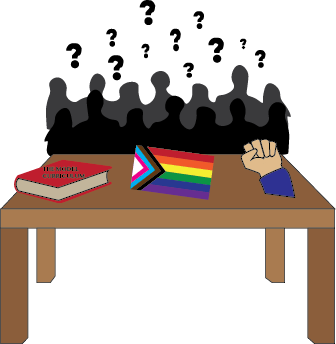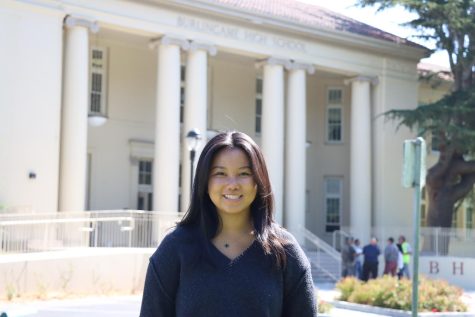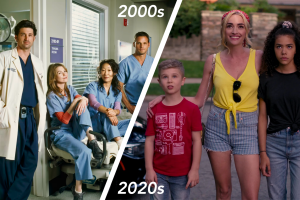Study session discusses implications of ethnic studies course

Although Governor Gavin Newsom signed Assembly Bill 101 in October 2021 making California the first state to require Ethnic Studies as a graduation requirement for the class of 2030, SMUHSD is still debating the relevance of the course.
April 19, 2023
On March 15, San Mateo Unified High School District (SMUHSD) held a board study session where presenters expressed the importance of the mandated ethnic studies course, and board members discussed its future.
The four-hour study session opened with Dr.Gwen Lei, the district’s reading and language arts coordinator, who reviewed the history of Ethnic Studies. The inspiration for the course, Lei told viewers and the Board, came in the 1960s at San Francisco State University, when students realized that marginalized groups were missing from their history textbooks. She went on to discuss the model curriculum for the course: a 700-page book that serves as a guide teachers can follow, including sample lessons and how teachers can incorporate these activities.
Most importantly, Lei discussed the eight outcomes of Ethnic Studies that the book focuses on. These include the pursuit of justice and equity, working toward greeted inclusivity, furthering self-understanding, developing a better understanding of others, recognizing intersectionality, promoting self-empowerment for civic engagement, supporting a community focus and developing interpersonal communication.
Freshman Alexandra Rivas is currently taking the semester-long course at Burlingame and believes that the course has been beneficial, as she has gained new perspectives through various projects and classwork.
“I saw some of myself in [the class] because we’re learning about Hispanic culture and I identify as Hispanic. So I see myself and the people in my culture,” Rivas continued. “It helps people in my class or just in the school learn more about one another because you kind of just see people around campus but in the class, you learn about people’s different cultures.”
The session then gave ethnic studies teachers in SMUHSD a chance to share what day-to-day classes looked like and special projects that their students participated in. They also revealed the impact that the course had on students in their own classrooms.
For Burlingame, Rivas discussed the impact of a shadow box activity, where students filled the outside of a box with stereotypes that people may assume when looking at a person, but filled the inside the box with actual traits.
“From the project I learned not to judge someone based on how they look. There are things I learned from my classmates that I didn’t know before,” Rivas said.
During public comment, parents and community members each received three minutes to speak. They expressed various concerns about the course, ranging from concern over the lack of emphasis on anti-semitism or fears that ethnic studies made white students uncomfortable.
“I think we have a lot of potential with the Ethnic Studies program we have today. I also think we can make it better,” said Andrew Nemiccolo, parent of a San Mateo High School “My request is that… holocaust education be implemented in a meaningful way, so that this program is not the pet project of one or two administrators, but is truly inclusive of all the students in the classroom.”
Ultimately, the session ended with the board questioning educators about their curriculum, taking into consideration past community members’ reservations. However, no final decision will be made as the board will continue to deliberate the future of Ethnic Studies.
“It was really interesting to hear from all of the different students who have been positively impacted by the course, to hear about the teachers who have worked really hard on improving the course over time since it’s a newer course,” said Elizabeth Bellas, a history teacher at Burlingame that watched the study session. “It was really interesting and then to hear also from community members, like families, both positive and negative about the course. Some people had some passionate feelings.”









































